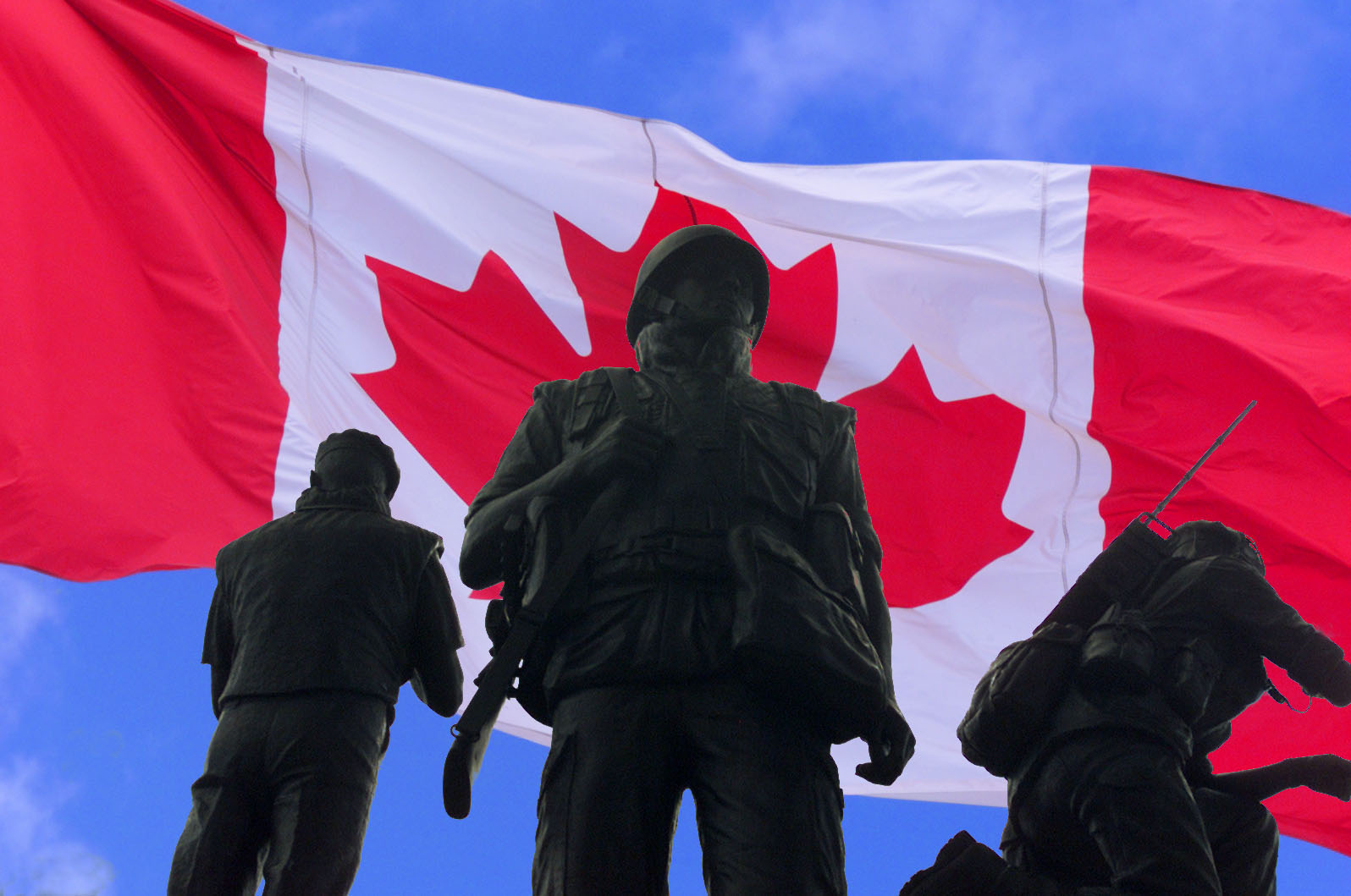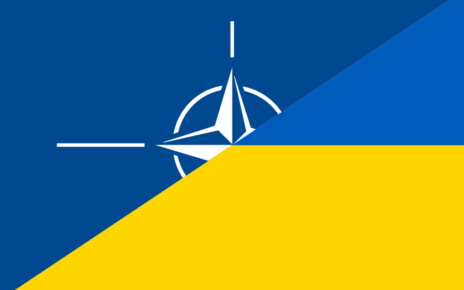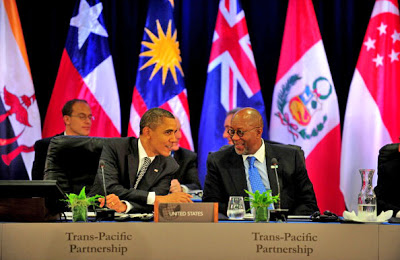The recent decision by the Department of National Defence (DND) to cease the release of what Embassy News calls “key military files,” papers used for the purposes of both research as well as industry understanding of military equipment needs, indicates an important change in the way the Federal Government interacts with the Canadian Forces, particularly in terms of military equipment and procurement contracts. This change may not immediately affect the capabilities of the CF at home or abroad, but, in conjunction with an increasingly limited budget for CF equipment, the long-term effects of outdated and sub-standard equipment will be to the detriment of the CF as a whole.
The Functions of the Canadian Forces
In June 2008, the Canadian Government released the Canada First Defence Strategy (CFDS) with the purpose of modernizing the Canadian Forces through “stable and predictable defence funding.” Through the CFDS, the CF was assigned three roles: to protect Canada, to defend North America in cooperation with the US, and to contribute to international peace and security.
In conjunction with these three roles, the CF has also been provided with six core missions: (1) to conduct daily domestic and continental operations including in the Arctic and through NORAD (2) to support a major international event in Canada, such as the 2010 Olympics (3) to respond to a major terrorist attack (4) to support civilian authorities during a crisis in Canada such as a natural disaster (5) to lead and/or conduct a major international operation for an extended period (5) and to deploy forces in response to crises elsewhere in the world for shorter periods.
Combined, these roles and core missions represent a deliberate framework of responsibilities and expectations for the CF and clearly articulate the prescribed function of the CF in relation to the Canadian Government. The CFDS has been implemented on multiple occasions and has been successful in its operations, including, most recently, when the CF was posted to Southern Alberta during the June 2013 Floods. The CF, as an organization, is more than capable of functioning under the auspices of the CFDS. The question is whether or not the Canadian government is also capable.
The Politics of Defence
The CFDS expressly outlines the need for long-term increased funding allocations to the CF as a part of a larger procurement strategy. The document, written prior to the 2008 economic collapse, plans for a $490 billion investment in the Canadian Forces. This sum is distributed among the four main components of the CF (personnel, equipment, infrastructure, and readiness), but the most pressing is that of equipment, to which approximately 12% or $60 billion has been allocated over the period 2008-09 to 2027-28. As a long-term financial plan, this indicates that the government should be spending an average of $3 billion/year on equipment for the CF.
According to John Geddes in June 2012, the Harper government had spent an average of just over $3 billion/year on machinery and equipment since the inception of the CFDS in 2008. However, this is no longer the case. The ever-controversial F-35 program has seen numerous contract delays that have significantly altered the price tag and timeline for the project. The Chinook and Cyclone Helicopter procurement projects have seen similar delays. As a result of these delays, the Canadian Government has been forced to alter spending patterns and consider revoking contracts – a situation from which neither taxpayers nor the CF are able to benefit in the long-term when contracts are pushed into later fiscal years, and may cost more for parts and labour.
These contract woes, along with the significant economic downturn, have fundamentally altered the percentage of GDP that can be put toward defense, and therefore also the funding for upgrading and purchasing new equipment. Critic J.L. Granatstein noted in 2010 that the pledges of stable funding for the CF by the CFDS had already vanished. Furthermore, the impending withdrawal from Afghanistan in 2014 has experts warning that defence cuts may be imminent, making budgeting an even larger concern for the CF, an already well-noted concern.
Considering that Canada has an historical record of unfulfilled procurement contracts, additional defense cuts will certainly affected the 12% allocation for equipment in the CFDS budget. Without effective and modern equipment, the CF cannot hope to continue to fight modern wars, either at home or abroad. This budget failure for the CF will certainly affect Canadian security capabilities.
In addition to budgetary problems, the DND’s announcement that key military files will no longer be made public, will also severely impact the ability of the CF to obtain needed equipment. By not publishing this information, the DND is restricting the ability of citizens and researchers to know where and how their tax dollars are being spent on defense. In addition, their decision limits the ability of contractors to accurately bid on contracts, or to provide feedback on the proposed procurement plans; effectively limiting the healthy debate needed when making such large and important decisions. Without this feedback loop and forum for constructive criticism, it becomes difficult for the DND to make the best decisions for the CF. Instead procurement contracts can easily be given to the highest bidder, or the most loyal partisan.
While the DND maintains that it will remain transparent despite the classification of these documents as “secret,” the proposed lack of transparency and inability for the public to both understand and know what is occurring, should they choose to do so, is not only undemocratic, but also has the potential to become another contract controversy that Canadians will forever regret. The reasons for classifying the DND documents are really not that different from the reasons for cancelling the CF-105 Avro Arrow project in 1959: funding, politics, and timing.
The Way Forward
Overall, the most recent decisions made by the Canadian Government, regardless of reason, have not been positive for the CF and their ability to continue to function effectively as defined by the CFDS. The 12% allocated to equipment in the CFDS is essential and represents an important $3 billion/year investment in the ability of the CF to perform its function and to protect Canadians at home and abroad. Although NATO is looking to become less active in international affairs and Canada continues to become increasingly isolationist, an effective, even if small, defense force remains a necessary component of Canada’s alliances and ability to survive as a sovereign nation. If budget cuts and classification of key documents continue to represent the Canadian Government’s policy toward the CF, there will be many more Calgary Stampede incidents, many more submarine fires, and many more crash landings.
Ultimately, the Canadian Forces will make do with whatever budget they are given by the federal government. New equipment may not be purchased and old equipment may become ineffective over time, but the men and women who serve will continue to serve Canada and Canadians both at home and abroad with honour, respect, and fortitude. While additional financial resources would help the Canadian Forces to adapt to ever-changing situations, the Forces themselves will not use budget cuts as an excuse for poor performance. The men and women of the Canadian Forces will always be there to help the less fortunate, and, if needed, to give the ultimate sacrifice. While these Canadians are willing to do anything and everything it takes to protect our home and the homes of others around the world, what are we, as Canadians, willing to do to help them in their mission?




